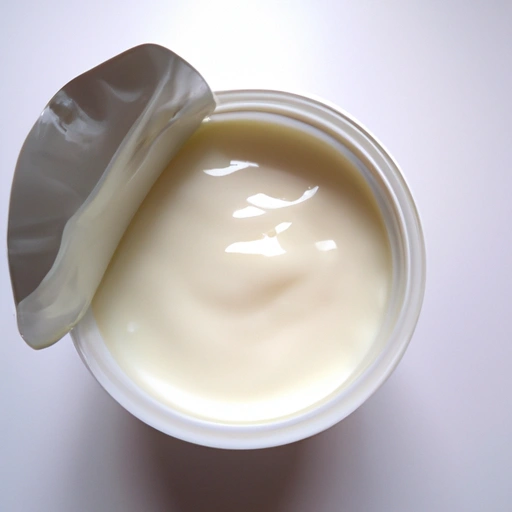Yogurt
Description

Yogurt is a dairy product produced by the bacterial fermentation of milk. The bacteria used to make yogurt are known as 'yogurt cultures.' These cultures ferment lactose, the natural sugar found in milk, producing lactic acid, which acts on milk protein to give yogurt its texture and characteristic tang. Yogurt is consumed in various forms and flavors across the globe and can be made from all types of milk. Variations in fat content and the addition of sweeteners or flavorings can produce different types of yogurt, from thick, creamy Greek yogurt to lighter, drinkable versions.
Common uses
Yogurt is often consumed on its own as a snack or dessert, mixed with fruit, honey, or nuts. It's also used as a base in smoothies, as a substitute for cream or mayonnaise in dressings and sauces, and as a tenderizing marinade for meats.
Nutritional value
Calories
A standard serving (1 cup or 245 grams) of plain, low-fat yogurt contains approximately 154 calories.
Protein
This same serving size offers about 12.9 grams of protein, making it a good source of this essential macronutrient.
Fat
Low-fat yogurt contains about 3.8 grams of fat per serving, while whole milk varieties have higher fat content.
Carbohydrates
There are roughly 17.4 grams of carbohydrates in a cup of low-fat yogurt, primarily from lactose (milk sugar).
Vitamins
Yogurt is a rich source of B vitamins, especially B12 and riboflavin (B2), which are important for energy production and brain health.
Minerals
It also provides a good amount of calcium and phosphorus, necessary for healthy bones and teeth, as well as potassium and zinc.
Health benefits
Regular consumption of yogurt is associated with numerous health benefits, including improved digestion and gut health due to the presence of probiotics. It also contributes to bone health, thanks to its high calcium and vitamin D content when fortified. Yogurt may aid in weight management and reduce the risk of type 2 diabetes.
Potential risks
Some individuals may be lactose intolerant or have a milk allergy, making yogurt consumption difficult. Additionally, flavored and sweetened yogurts can have high amounts of added sugars, which may contribute to health problems if consumed in excess.
Common recipes
Yogurt is used in a variety of recipes, including dips like Greek tzatziki, Indian raita, cold soups, baked goods, and desserts like fro-yo and cheesecake.
Cooking methods
It can be eaten raw or cooked into dishes. When heated, care must be taken to prevent curdling, often by tempering or using stabilizing ingredients.
Pairing with other ingredients
Yogurt pairs well with fruits, granola, honey, herbs, spices, and in savory dishes with lamb, chicken, or vegetables.
Summary
As a versatile ingredient, yogurt not only enhances the flavor and texture of dishes but also offers significant health benefits. Available globally, it's adaptable to various cuisines and dietary needs, making it a staple in kitchens around the world.